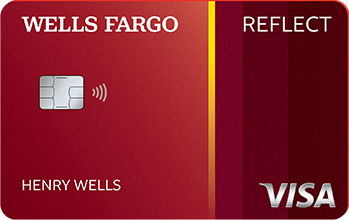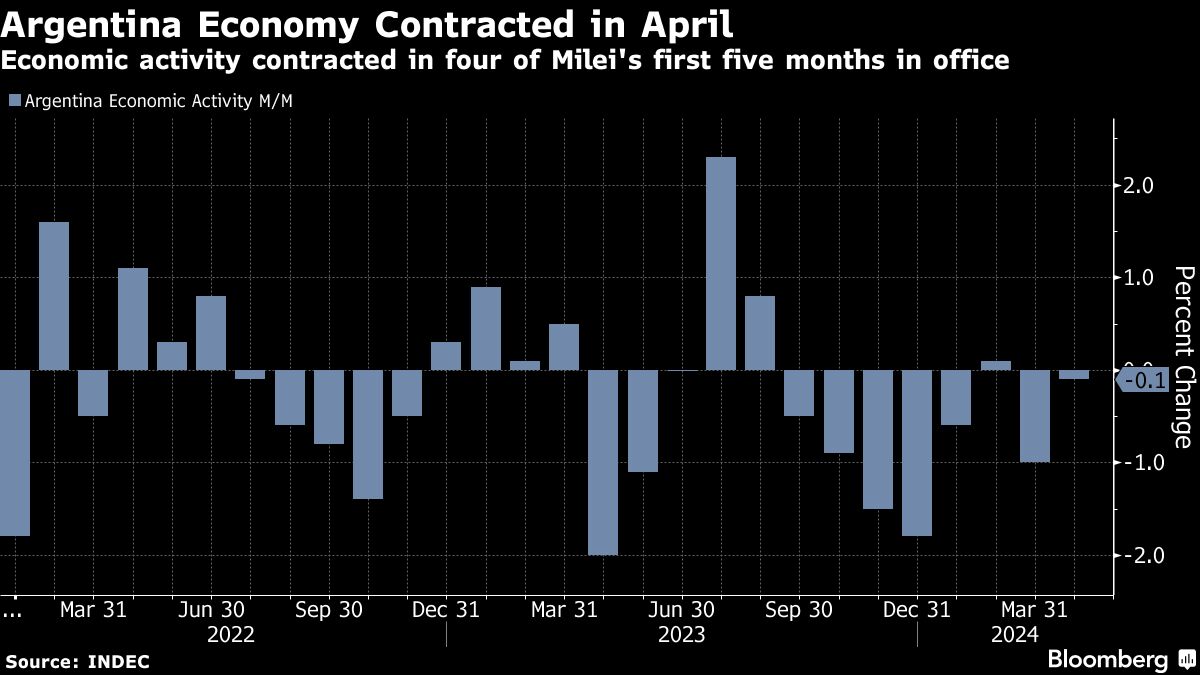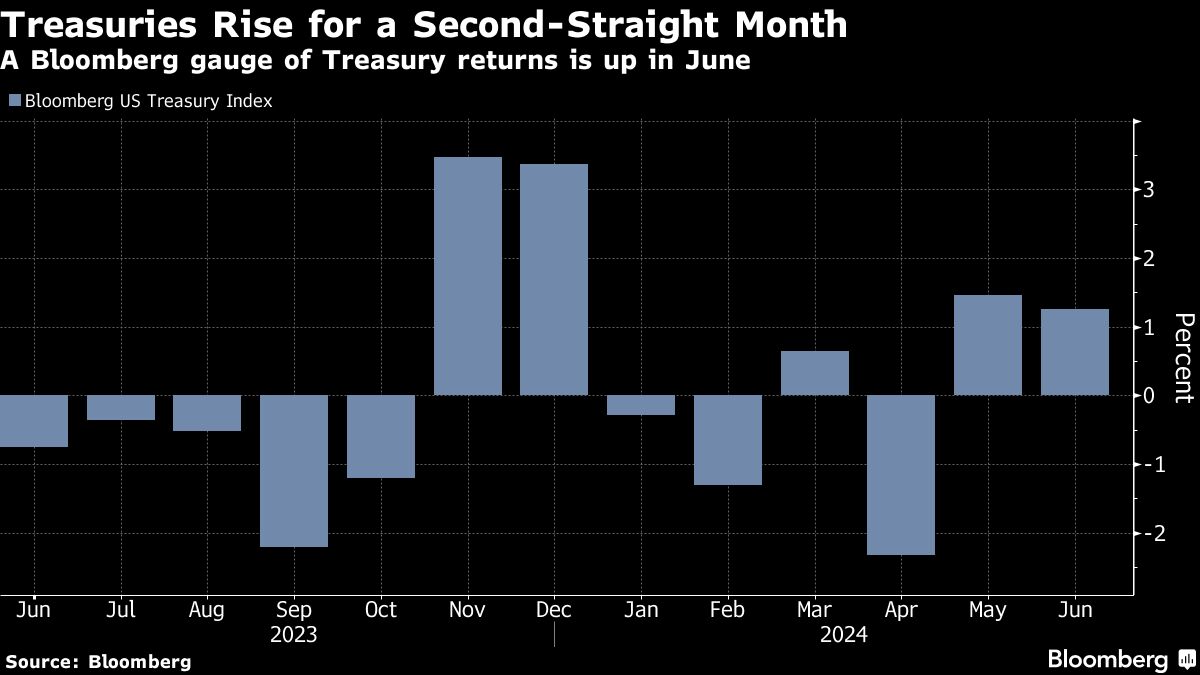
HOW TO CHOOSE A MORTGAGE LENDER
Vault’s Viewpoint on Choosing A Mortgage Lender
- Each lender establishes its own mortgage offerings and eligibility criteria.
- You can narrow your options by reviewing various lenders and loan programs.
- Get quotes from at least three lenders so you can compare interest rates, fees, terms and customer service.
1. Assess Your Finances
Loan eligibility requirements may vary from one mortgage lender to the next, so it’s a good idea to see where your finances stand before applying. This may help you figure out which type of lender to work with.
For instance, you might decide to work with a lender that accepts lower credit scores. Or you might decide to put off your home search while you improve your credit and reduce your debt-to-income ratio. You can assess your finances by following these steps:
- Pull your credit reports. You can request a free credit report from each of the three main credit bureaus at AnnualCreditReport.com. Your credit scores are based on the information in your credit reports, so it’s important that the information is accurate. If you find errors, you can dispute them with whichever bureau generated the inaccurate report.
- Check your credit scores. Your bank or credit card issuer may provide free access to your credit scores, or you can use a third-party service. The three credit bureaus also provide credit scores.
- Improve your credit. Some of the best ways to improve your credit involve reducing debts, consistently making on-time bill payments, keeping your credit card balances low and avoiding new credit during the mortgage process.
- Calculate your DTI ratio. Your DTI ratio shows lenders how much of your income goes toward debt payments each month. You can calculate the ratio by adding up all of your regular debt payments and dividing the total by your pretax income. Many lenders look for a DTI ratio of 43% or less.
2. Consider Your Down Payment
Your down payment is a lump sum of money you give the lender when taking out a home loan. It’s expressed as a percentage of the property value, such as 3%. Generally, a larger down payment can help you save money because it reduces the amount you borrow and consequently lowers your monthly payments and interest costs.
The minimum amount you’ll need to put down varies with each loan program and lender. For instance, some conventional loans require you to put down at least 3%, but a lender may raise the requirement to reduce risk.
You may qualify for down payment assistance in the form of a first-time homebuyer grant. Some lenders offer their own grants, while others are available through federal, state and nonprofit programs.
3. Review Your Loan Options
Every lender creates its own loan menu—some may specialize in one or two types of mortgages, while others may offer a long list of home loans. Knowing the type of mortgage you want to take out can help guide you to the right lender.
- Conventional loan: These loans typically require a credit score of at least 620 and a minimum down payment of 3% to 5%. You may need to pay private mortgage insurance if the down payment is under 20%.
- FHA loan: Backed by the Federal Housing Administration, FHA loans require a down payment of 3.5% and a credit score of 580. Some lenders accept credit scores as low as 500 if you put down at least 10%.
- VA loan: Insured by the U.S. Department of Veterans Affairs, VA loans come with no down payment, no mortgage insurance and competitive interest rates. These loans are available to former and current servicemembers and eligible surviving spouses.
- USDA loan: Fewer lenders offer USDA mortgages, which are insured by the U.S. Department of Agriculture. These loans come with low interest rates, no down payment and flexible credit criteria. They’re a good option if you’re planning to buy property within a designated rural area.
- Jumbo loan: As the name implies, jumbo loans are large enough to exceed typical loan amounts, so they could be a good fit if you’re buying property in a high-cost area. Lenders set their own eligibility requirements, which may be stricter because you’re borrowing more money.
- Portfolio loan: Lenders may also fund loans outside the major mortgage programs and set their own eligibility criteria. This type of mortgage may be a good fit if you don’t qualify for other kinds of home loans.
4. Understand the Different Types of Mortgage Lenders
There are many places you can get a mortgage, and knowing what’s important to you can help you narrow the options. Here’s a rundown of some of the types of mortgage lenders you can work with:
- Direct lenders are financial institutions, such as banks and credit unions, that lend directly to consumers. You submit a mortgage application with the lender and work with a representative through the underwriting process until closing. This could be a good option if you prefer personalized service and you’re looking for competitive rates and low fees.
- Wholesale lenders don’t work with consumers directly. Instead, they usually work with mortgage brokers and other lending institutions to offer loans at discounted rates. This option may appeal to you if your credit needs work and you’re looking for a smoother approval process.
- Mortgage brokers are licensed professionals who connect you with a mortgage lender based on your needs. Brokers can work with anyone, but their customers usually need specialized options because they don’t meet requirements for a typical loan. You might pay a higher interest rate in exchange for the broker’s services.
- Nonbank lenders include companies that specialize in providing home loans. Many of them operate online and offer a fully digital application and underwriting process. The main advantage to working with nonbank lenders is speed, since they often fund loans faster than traditional banks and credit unions do.
- Portfolio lenders finance home loans but keep them as in-house investments rather than selling them on the secondary market. Lenders can set their own eligibility requirements, making them a good fit for borrowers who might not qualify for a typical loan.
5. Check Availability
Once you decide which type of loan company to work with, make a list of lenders that fit your basic criteria. Availability is a key factor, since you’ll need to check whether these lenders operate in the state where you’re buying a home. Some lenders offer home loans across the U.S., while others cater to specific states or regions. Of course, the lenders on your list will need to offer the type of mortgage you want to take out.
6. Compare Rates, Fees and Terms
When you’re researching lenders, consider asking for a prequalification using a soft credit pull. This allows you to check your interest rate and estimate your closing costs without impacting your credit score. Organize the information in a spreadsheet so you can compare offers side by side. Include the following data:
- Loan amount
- Interest rate
- Down payment requirements
- Mortgage points
- Mortgage insurance
- Closing costs
- Other lending fees
7. Ask Questions
At this point, you should have a good idea of which lenders you might want to work with. Contact at least three or four of them and ask questions such as:
- How long do you expect the underwriting and closing process to take?
- Will you connect me with a person who can answer my questions throughout the process?
- Are there any steps I’ll need to complete in person?
- When should I lock in my interest rate? If the closing takes longer than expected, will I have to pay to extend the rate lock?
- Do you offer grants to first-time homebuyers?
- Do you accept down payment assistance from other sources?
8. Submit Mortgage Application
Once you’ve narrowed your options, it’s time to select your mortgage lender. You can submit your mortgage application if a seller has accepted your purchase offer. Within three days of submitting the loan application, the lender is supposed to provide a loan estimate that includes your interest rate, closing costs and other lending information.
If you’re dissatisfied with the loan terms, you might look for a different lender. Because a mortgage lender uses a hard credit pull during the application process, your credit score may dip by a few points. But you can reduce the impact by submitting all of your mortgage applications within a short time frame, typically 45 days. Credit-scoring companies will know you’re shopping for a mortgage and typically will count the grouped applications as one hard inquiry.
Frequently Asked Questions
What Is the Easiest Mortgage to Get Approved For?
FHA loans have flexible lending criteria, so it may be easier to qualify for one of these loans. You’ll need a credit score of at least 580 and a minimum down payment of 3.5%. It still may be possible to qualify with a credit score between 500 and 579 as long as you can put down at least 10%.
Who Is the Best Mortgage Lender in America?
Fairway Independent Mortgage Corp. is the best mortgage lender in the U.S., according to J.D. Power’s 2023 U.S. Mortgage Origination Satisfaction Study. Rocket Mortgage fell to No. 2 after holding the top spot for a decade. Regardless of how it’s ranked, the right mortgage lender for you depends on factors like loan options, customer service and interest rates.
What Is a Mortgage Lender vs. a Broker?
A mortgage lender is a financial institution, such as a bank or credit union, that provides home loans. A mortgage broker does not lend money. Instead, a broker finds lenders for homebuyers.
The post How to Choose a Mortgage Lender first appeared on Newsweek Vault.
2024-06-27T18:53:57Z dg43tfdfdgfd











